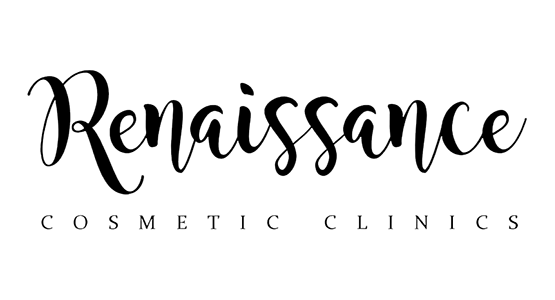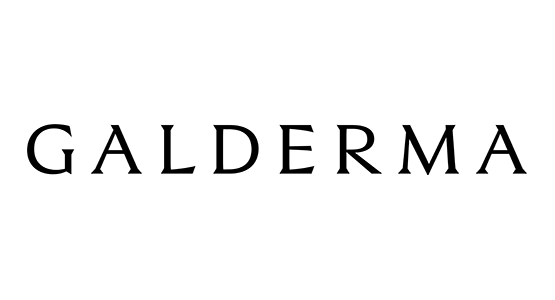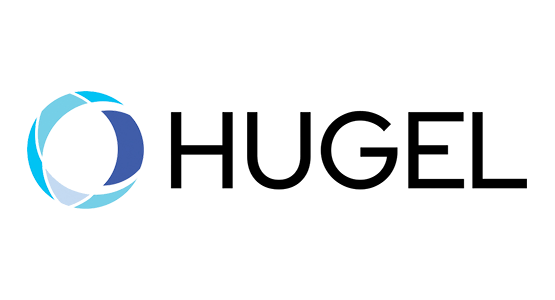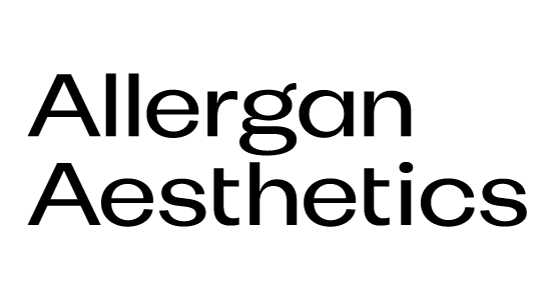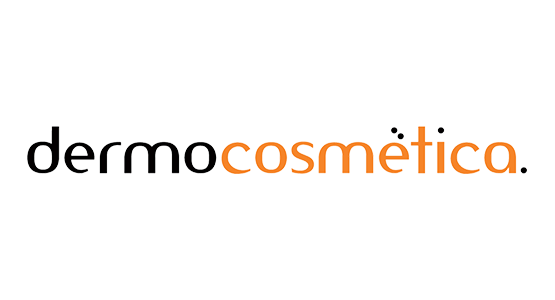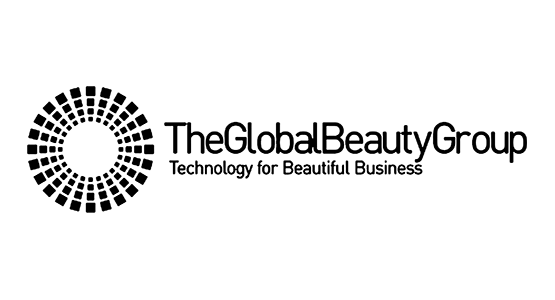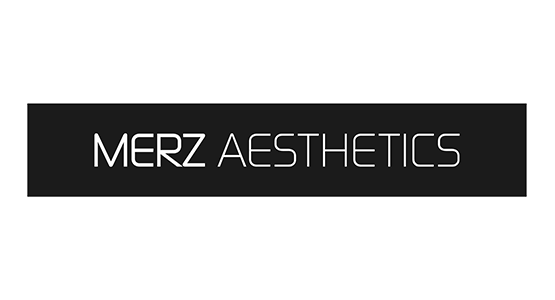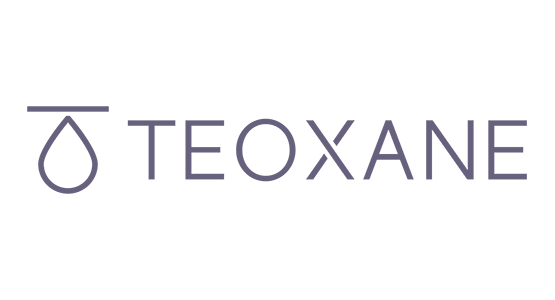Why use sunscreen?
The radiation (“light”) from the sun contains many different parts. Some of this light is visible. These are the colours we see. Much of the light from the sun our eyes cannot see. Some of this light is called “ultraviolet radiation.”.
Ultraviolet radiation causes harm to us in a couple of ways:
- It damages the structure of the skin (collagen and elastin), which contributes to ageing and wrinkling
- It damages the DNA of the skin cells. Accumulated DNA damage leads to cancer
It should be emphasised that the best “sunscreen” is a roof (ie shade) and sunscreen should only be used as one part of your skin protection, in addition to hats, rashies, etc.
There are 3 types of UV radiation – UVA, UVB and UVC.
UVC is completely absorbed by the atmosphere. 95% of UV radiation that reaches the earth is UVA, 5% is UVB.
UVB is the most important for skin cancer, although UVA probably contributes. UVA is also heavily involved in skin ageing.
When should we protect ourselves from the sun?
The severity of UV radiation is not the same as how hot the temperature is, or how bright the day is. There can be a lot of UV radiation on a very cloudy day or a cold day. Our senses cannot feel or detect UV so we should check the UV index every day.
60% of the cancer-causing UV occurs between 10am a.m. and 2pm, and we should be especially careful outside at that time all year round.
We should protect our skin whenever the UV index is 3 or greater.
The easiest advice is to simply follow the advice from the sunsmart app every day [link here https://www.sunsmart.com.au/uvalert/]
How should we apply sunscreen?
Sunscreen should only be one part of sun protection, in addition to shade, wide brimmed hats and sunglasses.
Sunscreen should be applied every 2 hours while we are exposed to UV light with a UV index of 3 or greater.
In general, we never put enough sunscreen on. The relationship between the amount applied and SPF protection is not linear; what this means is that if we apply half the sunscreen we should, our protection is 1/3 of what it is rated. For example, if someone applies half the SPF 15 sunscreen they should, they are only being protected to SPF 5. This is one of the main reasons why skin cancer physicians recommend SPF 50+ (the actual difference between SPF 30 and 50 is not that much when applied properly; see below)
The easiest rule is the “teaspoon rule”: 1 teaspoon (visually measured) of sunscreen to the face and neck area, a total of 2 teaspoons to the front and back torso, 1 teaspoon to each upper extremity, and 2 teaspoons to each lower extremity.
If you are overweight or tall (greater than 180 cm), you will likely have more skin and should use 50% more than the numbers quoted above.
Timing of application is also important; it takes 15–30 minutes for applied sunscreen to start working. Slapping it on at the beach is already too late! It is recommended to put sunscreen on, wait 10 minutes before putting clothes overtop, and then drive to the beach (or other sun exposure event).
Does sunscreen work?
That’s a complicated question. The short answer is yes.
Sunscreen definitely reduces our risk of Squamous cell cancer and precancerous change known as actinic keratosis.
Sunscreen definitely reduces the ageing effect of UV on our skin.
Sunscreen probably reduces our risk of developing Melanoma.
Sunscreen may reduce our risk of developing Basal Cell Cancer.
This is why I emphasise that sunscreen is only one part of good sun damage prevention.
What is SPF?
SPF stands for “Sun Protection Factor”. This is NOT the same as UV protection
SPF is worked out by correctly applying sunscreen to one region of skin, and seeing how long it takes the sun protected skin to have a minimal sunburn compared to unprotected skin right next to it.
For example, if it took the normal skin 10 minutes to burn, and the protected skin 150 minutes, that would mean the sunscreen has an SPF 15.
SPF 30 is not twice as good as SPF 15.
| SPF Rating | UV block |
| SPF 15 | 93% |
| SPF 30 | 97% |
| SPF 50 | 98% |
But remember, we almost never put enough on to get these UV blocks. That is why it is important to use the strongest possible SPF sunscreen.
Another problem with SPF is that it is generally a measure of UVB protection and not UVA. Remember that UVA is 95% of the UV radiation we are exposed to
“Organic” (chemical) vs “Inorganic” (reflective)
There are two main types of sunscreens. The most common are “organic” or chemical sunscreens. These work by absorbing the UV radiation as it hits our skin, and turning the radiation into a tiny amount of heat. This prevents the UV damaging our skin.
The second type of sunscreens are inorganic. We can think of these as a collection of tiny mirrors – when UV radiation hits the skin it simply bounces back off us. Examples of reflective sunscreens are ones that contain Zinc or Titanium.
Safety
The vast majority of sunscreens are fantastically safe with no evidence of systemic absorption. Sunscreens in Australia are regulated like medicines through the Therapeutic Goods Administration (TGA). The benefits of sunscreen far outweigh any theoretical risks.
Do sunscreens cause cancer?
There is absolutely zero evidence that sunscreen causes cancer.
Does sunscreen get absorbed into my body?
There has been some concern with regard to nanoparticle absorption in inorganic or reflective sunscreens (Zinc and titanium oxide). The current evidence shows almost no absorption, even into the deeper skin (the dermis). Studies have shown that when skin is biopsied, only 0.00014% of the total sunscreen applied is found in the dermis.
Can sunscreens cause skin allergies and “fake burns”?
Oxybenzone is a component of UVA protection in most sunscreens. It is the most common cause of “allergy” in sunscreens. Sometimes this “allergy” only occurs when the sunscreened skin is exposed to sunlight (photoallergy). This is not the same as a sunburn.
Babies under the age of six months have sensitive skin and are more prone to developing allergies to the components of suncreen. For this reason, we don’t recommend widespread use in this age group (Babies should be protected with shade).
Most common causes of allergic reaction in sunscreen
- Oxybenzone
- DL-alpha-tocopherol
- fragrances
Won’t I get low vitamin D if I wear sunscreen daily?
Sunscreen has minimal effect on vitamin D levels. If we are low in vitamin D we can easily supplement with vitamin pills. In general the risk of developing skin cancer far outweighs the benefit of boosting vitamin D through intentional sun exposure.
Which sunscreen is best?
The best sunscreen is shade.
There is no best. We recommend SPF 50+. The best sunscreen is one you are happy to use multiple times a day – often this is more due to personal preference due to eg. Acne, oil, streakiness etc.
The Cancer council sunscreens are reasonably priced and effective – and the profits help us fight skin cancer. Alternatively, Antihelios SPF 50+ is also a good product.
Thankyou to the SkinDoctors for the a great reference article: https://theskindoctor.melbourne/skin-cancer/sunscreen/


